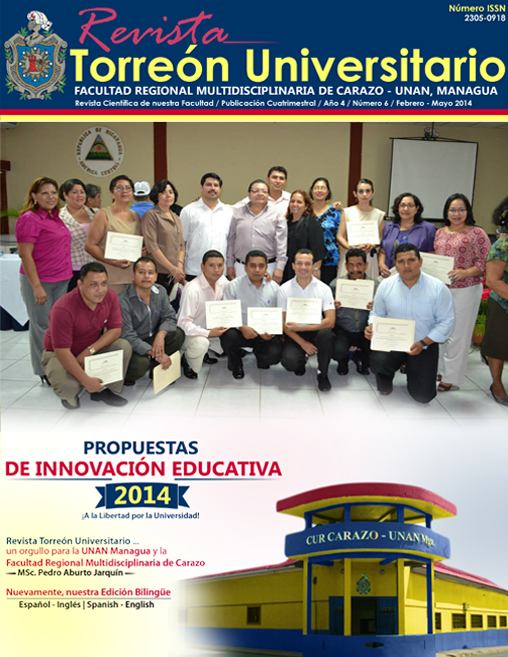Intercultural trends in schools
Abstract
In Spain the phenomenon of migration remains a subject for debate and reflection in different organizations and entities as well as by research groups working on migration and education. Rising foreign origin people in our country has been occurring for decades, with the ultimate aim of improving the quality and conditions of personal and family life through the job search and thereby improving opportunities economic.
So in 2009, Spain suffered a significant increase in relation to the existence of different cultures and characterized by being a multicultural society and being published figures reaching over 5 million foreigners (Newsletter of the National Institute of Statistics, No. 5, 2009.5).
Downloads
References
Aguado et al. (2006). Guía INTER. Una guía práctica para aplicar la Educación Intercultural en la escuela. Ministerio de Educación y Ciencia: Secretaría General y Técnica. Subdirección General de Información y Publicaciones. España. Recuperado de http://www.uned.es/grupointer/colentremanos001pc.pdf
Boletín Informativo del Instituto Nacional de Estadística, nº 5, 2009. Recuperado de http://www.ine.es/revistas/cifraine/0109.pdf
Boletín Oficial del Estado (BOE), nº 106, Ley Orgánica de Educación 2/2006, de 3 de mayo. Recuperado de http://www.boe.es/buscar/doc.php?id=BOE-A-2006-7899
Díaz-Aguado, M. J. (1995). Educación intercultural y desarrollo de la tolerancia, Revista de Educación, 307, 163-184.
Ministerio de Educación, Cultura y Deporte. Datos Avance 2012 – 2013. Recuperado de https://www.mecd.gob.es/dctm/ministerio/horizontales/estadisticas/indicadores-publicaciones/datos-cifras/datos-y-cifras-2012-2013-web.pdf?documentId=0901e72b81416daf
Rodríguez, H. et al. (2011). La educación intercultural en los centros escolares españoles. Revista Electrónica Interuniversitaria de Formación del Profesorado (REIFOP), Vol. 14, núm. 1, pp. 101 – 112. Asociación Universitaria de Formación del Profesorado. Zaragoza, España. Recuperado de http://www.aufop.com
Vega, M. C. (2007). Planes de Acogida e integración escolar-social de alumnos de minorías étnicas. Madrid. Calamar Ediciones.
Downloads
Published
How to Cite
Issue
Section
License
Copyright (c) 2014 National Autonomous University of Nicaragua, Managua

This work is licensed under a Creative Commons Attribution-NonCommercial-NoDerivatives 4.0 International License.
The authors who publish in this journal agree to the following terms.
- The author or authors of the articles, essays or research grant the National Autonomous University of Nicaragua, Managua (UNAN-Managua) the editing rights (copyright) of the submitted work, therefore the University has the exclusive right to publish the article for the entire copyright period.
- These copyrights/authors authorize Torreón Universitario Magazine and the University to edit and disseminate/publish the article in said Magazine, including printed and electronic reproduction, storage, retrieval and any other type of publication, and sources of secondary information as services. of summaries and databases, they also empower it to protect the article against unauthorized use for dissemination by printed or electronic media (PDF, HTML, EPUB, XML or others).
License for use of content
The magazine uses the Creative Commons Attribution-NonCommercial-NoDerivs 4.0 International License.
Under this statement:

This journal is licensed under a Creative Commons Attribution-NonCommercial-NoDerivatives 4.0 International License. It can be copied, distributed and transmitted publicly as long as the author and source are cited (Revista Torreón Universitario), it should not be modified or used for any commercial purpose. The full license can be found at http://creativecommons.org/licenses/by-nc-nd/4.0/.



